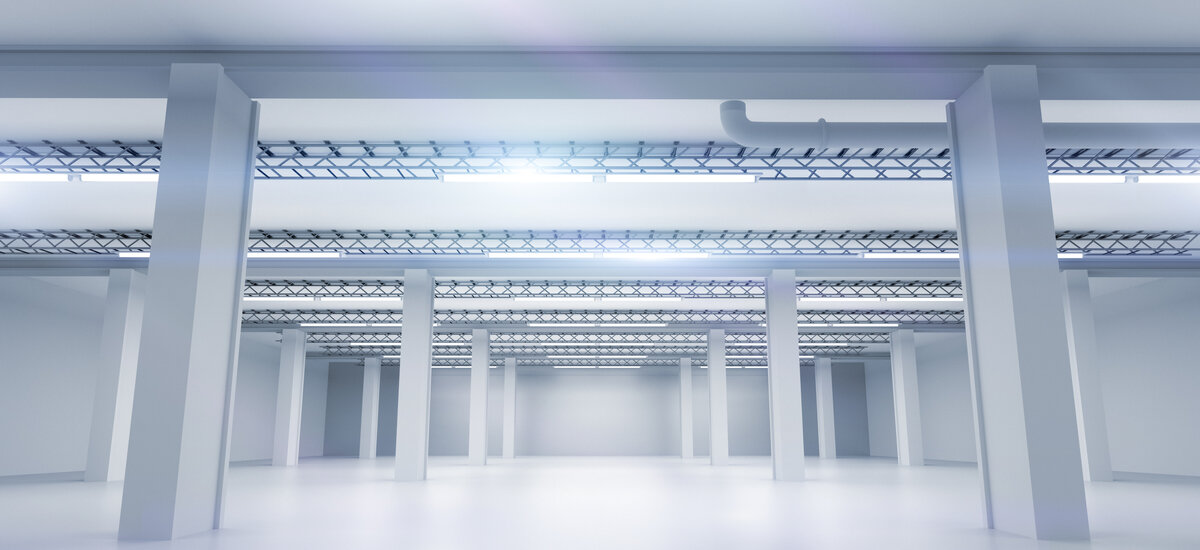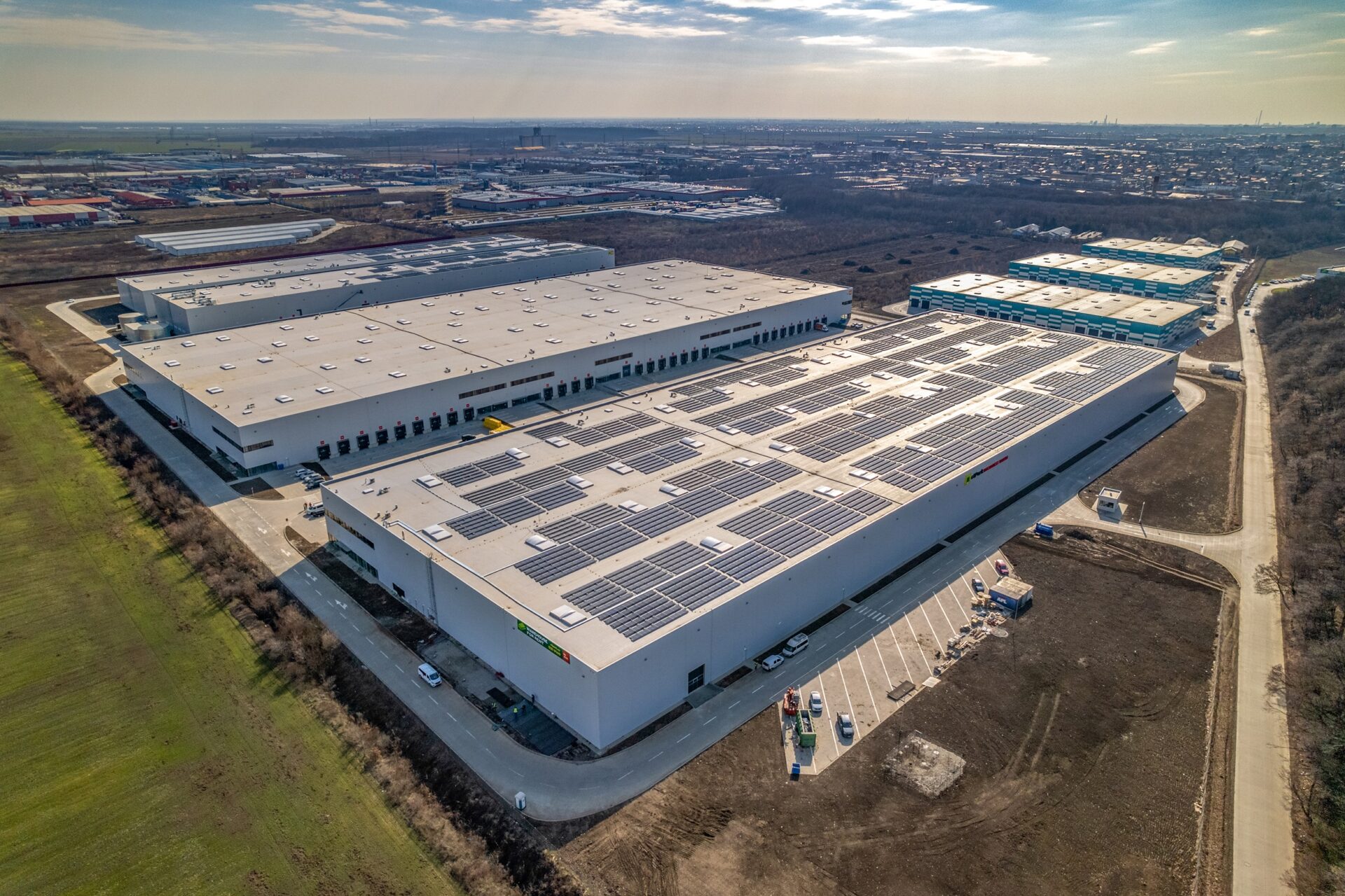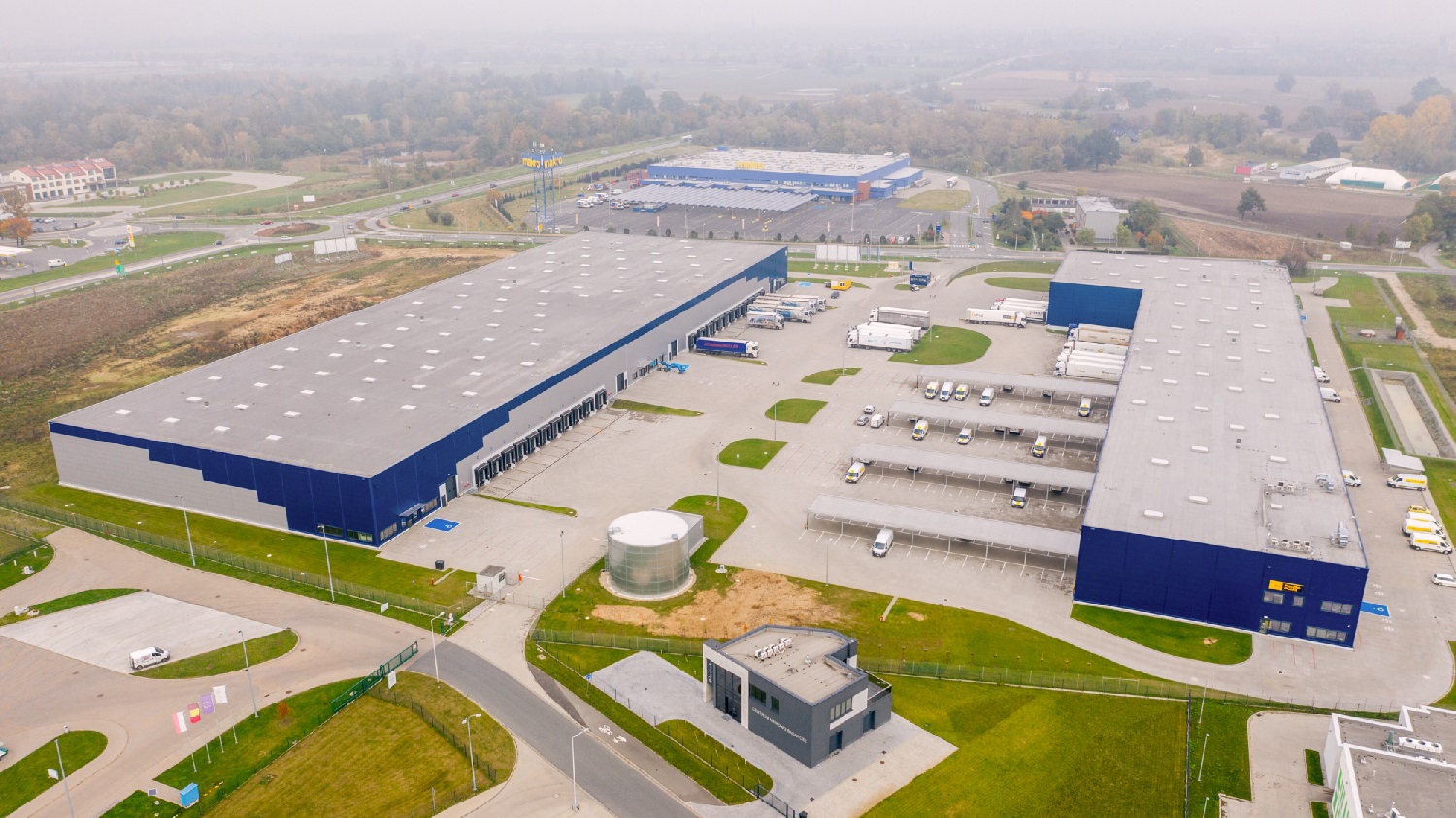Having traditional lighting replaced by LEDs brings a variety of benefits that may have a significant impact on business operating costs. First, considerably lower electricity costs – down by as much as 90 percent. Secondly, improved employee productivity in a warehouse thanks to better lighting. And thirdly, a reduction in carbon dioxide emissions to the environment has a positive effect on our planet.
“LEDs are now being fitted as standard industrial lighting in new developments. The LED technology is developing at a rapid pace, helping by the year to improve efficiency through better quality and intensity of lighting – by up to 12 percent. With such technology storming ahead, even current LED users are wondering whether they should have new lights fitted. Other advantages of LEDs are their growing reliability and the falling prices of key components,” says Tomasz Bulej, Junior Negotiator, Industrial & Logistics Agency, Cushman & Wakefield.
LEDs replacing traditional lighting
A one-to-one replacement of traditional lighting systems that usually consist of fluorescent or metal halide lamps with LEDs will save you 55-60 percent in energy costs (data of TheusLED, a supplier of LED lighting solutions on the Polish market). In addition, such lighting offers superior quality, which immediately translates into better productivity of warehouse employees and seamless processes. What’s more, maintenance costs are almost none as LEDs have a lifespan of approximately ten years and their warranty period is usually five years.
Technologies that will drive electricity costs down further
When deciding whether to invest in LED lighting, it is also advisable to consider motion detectors that would be an additional improvement helping reduce energy consumption even more. When nothing is being done in a warehouse aisle – statistically this is so for up to 50 minutes per hour – the power supply will be reduced to approximately 10 percent of the nominal supply or 5 percent of that consumed by traditional lamps. Motion detectors could be used for example for slow movers, or slow-moving inventory. While moving around a warehouse, an employee will have warehouse space lit above and ahead of him, thereby enjoying greater safety and a comfortable work environment.
What we do not always take into consideration is luminous intensity. A sensor measuring luminous intensity will also reduce energy consumption. How does it work? It measures the total light provided by daylight and LEDs. Wherever there is enough natural daylight, LEDs will generate minimum light – about 10 percent. The less daylight there is, the stronger the intensity of LEDs. This works at its best on sunny summer days on account of their length. Not only do such sensors generate savings, but they also improve the comfort of working by providing employees with optimum luminous intensity. They are safe and comply with applicable Polish technical standards.
How to replace lights with LEDs?
LEDs are fitted on site, gradually, zone by zone. Lighting is provided at all times with minimum disruption to warehouse operations. LEDs are favoured by tenants who want to improve lighting efficiency on their own and are frequently fitted next to existing lights. In this case, due to the conditions of vacating space upon lease expiry and the requirement to restore it to its original condition, tenants will remove and take LEDs with them, leaving the old lights in place.
LEDs and white certificates
Lighting replacement will help obtain white certificates or the energy premium paid out for the use of energy-saving solutions. LEDs mean not only expenses saved, but also help reduce CO2 emissions and environmental pollution, which is becoming an essential part of CSR strategies of companies active on the Polish market.
The return on investment is dependent mainly on the type of warehouse facility, working hours when lighting is required daily and weekly, and electricity prices. At today’s prices, the payoff period will average two years. While LEDs can reduce energy consumption by up to 90 percent, the level of 80 percent is considered economically viable. It is critical that LEDs are energy-efficient and distribute light according to requisite parameters and can be controlled so that they are on only when needed.
Why invest in LEDs?
Rising electricity prices, the high percentage of reduction in energy use and lower maintenance costs make modern lighting systems very attractive for industrial property owners.







